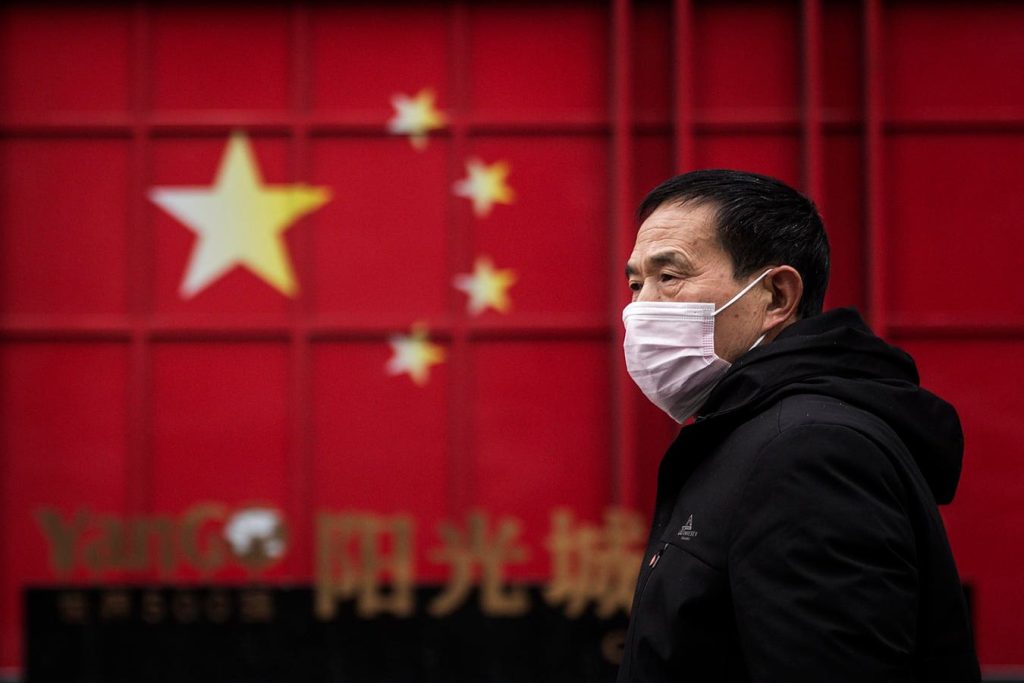China is experiencing a period of economic weakness, with indicators such as deflation, unstable housing market, and declining stock markets raising concerns. The official Chinese growth figures, which suggest a 5% annual growth in 2022 and 2023, are being questioned by Western sources like the IMF, World Bank, and Federal Reserve, which indicate a decline in real GDP for the same period. Western economists compare China’s economic stagnation to Japan’s post-crisis experience, dubbing it the “Japanification” of China.
The impact of Covid-19 has played a significant role in China’s economic downturn, with the country’s strict “zero-Covid” policy causing disruptions in factories, businesses, and consumption patterns. The sudden end to the zero-Covid policy in December 2022 was expected to bring about an economic rebound, but that did not happen. Forecasts for a robust recovery turned out to be inaccurate, as consumption remained low, deflation set in, and the property market worsened. The true impact of the pandemic on China’s economy has been downplayed by the government, creating a gap between official data and reality.
The suppression of data related to Covid-19 has hindered efforts to understand the true scope of the pandemic’s impact in China. Official statistics on Covid cases and deaths have been manipulated and underreported, leading to widespread public distrust. Despite efforts to conceal the severity of the outbreak, it is clear that China has been hit harder than official numbers suggest. Data gaps and discrepancies in China’s Covid data highlight the need for a more accurate assessment of the public health and economic effects of the pandemic in the country.
China’s history of covering up public health crises and falsifying data has played a major role in the lack of transparency surrounding the Covid-19 outbreak. The suppression of critical data, including infection and mortality rates, has obscured the true impact of the pandemic in China. Comparisons with other countries with similar zero-Covid policies reveal significant discrepancies in reported Covid data, indicating a systematic underreporting of cases and deaths. The manipulation of data has raised questions about the credibility of China’s official statistics on the pandemic.
The discrepancy between China’s reported Covid mortality figures and rates in comparison to other countries is evident of data manipulation and suppression. The implausibly low mortality rates, especially following the end of the zero-Covid policy, raise concerns about the accuracy of China’s Covid data. The case-fatality rate in China is significantly lower than global averages, suggesting that the reported figures do not reflect the true impact of the pandemic. The gaps in China’s epidemiological data highlight the need for a more transparent and accurate assessment of the public health crisis.
In conclusion, the discrepancies and gaps in China’s Covid data point to a deliberate suppression of information by the government. The manipulation of statistics, underreporting of cases and deaths, and lack of transparency have created a distorted picture of the pandemic’s impact on China. The need for accurate and reliable data is crucial in understanding the true scope of the crisis and its effects on the economy and public health. Moving forward, addressing these data gaps and discrepancies is essential in developing effective responses to future public health emergencies.


